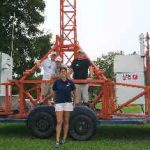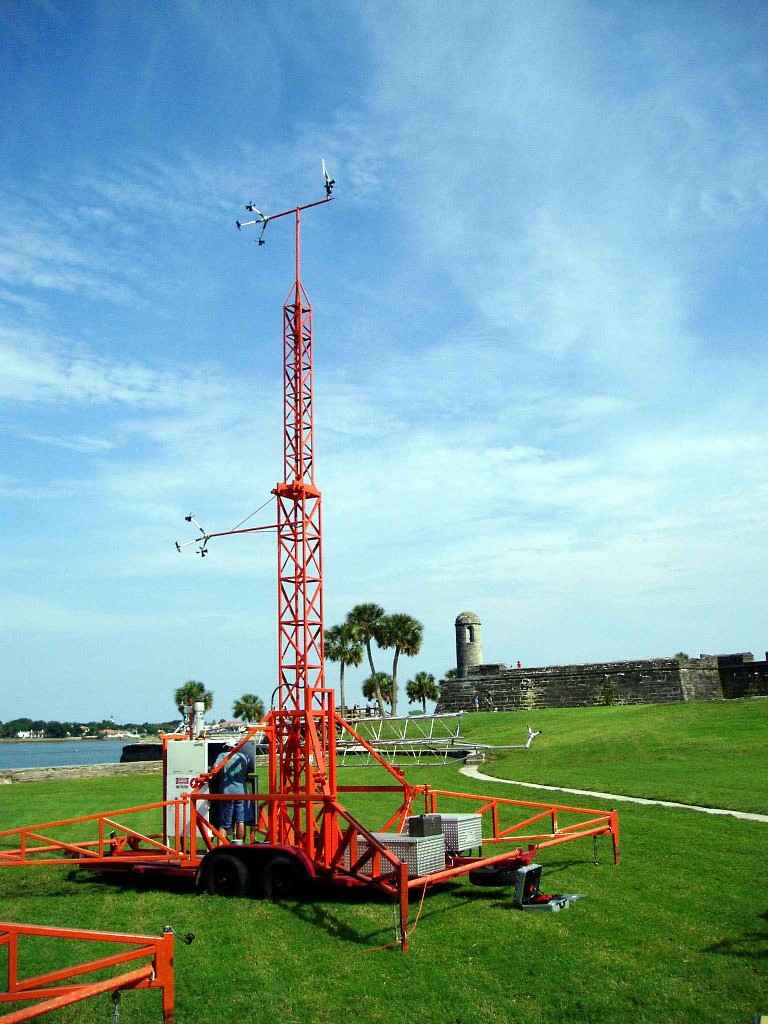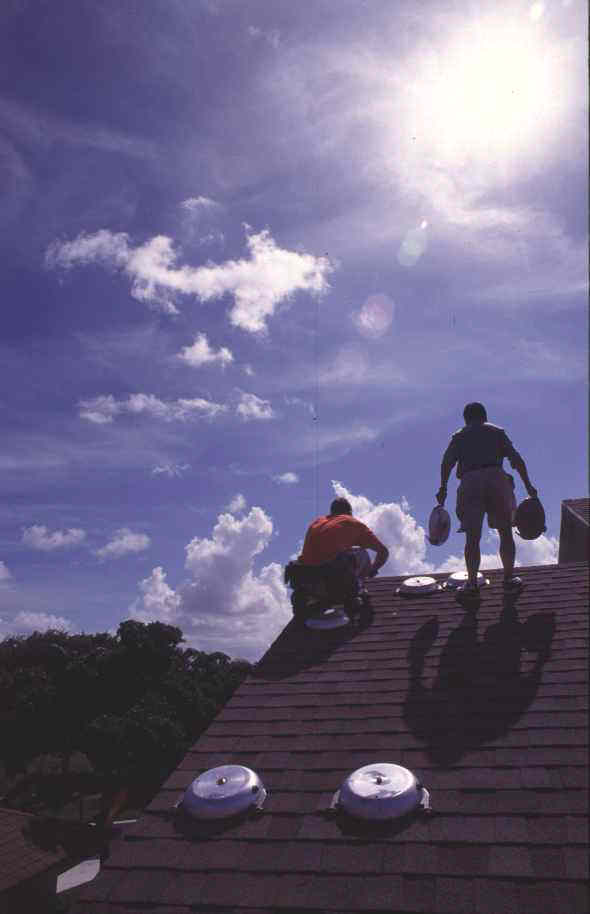 The Florida Coastal Monitoring Program (FCMP) is a unique joint venture focusing on full-scale experimental methods to quantify near-surface hurricane wind behavior and the resultant loads on residential structures. The aim is to provide the data necessary to identify methods to cost-effectively reduce hurricane wind damage to residential structures. This work is critical in a state where 85% of the rapidly increasing population resides on or near the 1200 miles of coastline vulnerable to hurricane strike.
The Florida Coastal Monitoring Program (FCMP) is a unique joint venture focusing on full-scale experimental methods to quantify near-surface hurricane wind behavior and the resultant loads on residential structures. The aim is to provide the data necessary to identify methods to cost-effectively reduce hurricane wind damage to residential structures. This work is critical in a state where 85% of the rapidly increasing population resides on or near the 1200 miles of coastline vulnerable to hurricane strike.
Sponsored by the Florida Department of Community Affairs, participants include Clemson University and the University of Florida. The goals of the FCMP include the following:
- Measuring ground level wind velocity
- Measuring building envelope wind forces
- Evaluating the effectiveness of wind-resistant structural retrofits
This project helps to fill critical gaps in existing data sets. Specifically, this program provides a direct quantification of the complete wind velocity – structural load – damage chain.
Project Components
The FCMP employs two independent instrumentation systems designed and built at Clemson University. Together, the two systems provide monitoring of wind forces on residential structures at multiple locations, and monitoring of wind speeds in the vicinity of the structures.
1) A set of four portable towers to measure time histories of wind velocity at 5 and 10-meter elevations. Information obtained from the mobile towers includes three dimensional wind velocity data at both 5 and 10 meter heights, as well as barometric pressure, temperature, rate of rainfall, and relative humidity.
Click here to learn more about the portable tower instrumentation system.
2) A set of 30 residential houses along the Florida coast are instrumented to measure building envelope forces (specifically roof uplift). Collected data from an individual house includes time histories of pressure at various locations on the roof, soffit, and attic as well as wind speed, wind direction. Time lapse photographs of the house tie the occurrence of damage to time. Each house has also been retrofitted to shore up the strength of the most vulnerable structural components. In the event that a hurricane impacts any of these 30 houses, damage comparisons can be made between the retrofitted houses and their neighbors.
Click here to learn more about the house instrumentation system.
Strategy
When a tropical storm or hurricane is predicted to make landfall, teams from Clemson and Florida deploy to install pressure sensors on the instrumented houses and to erect the mobile wind towers nearby. Faculty and student teams split up to scout locations for tower deployment and begin placing pressure sensors on any of the 30 homes that are in the predicted storm path. The tower and house systems run on their own power sources for 24 hours, as the teams retreat inland to pre-arranged shelter. Data is stored on-site, and retrieved after the storm passes.

